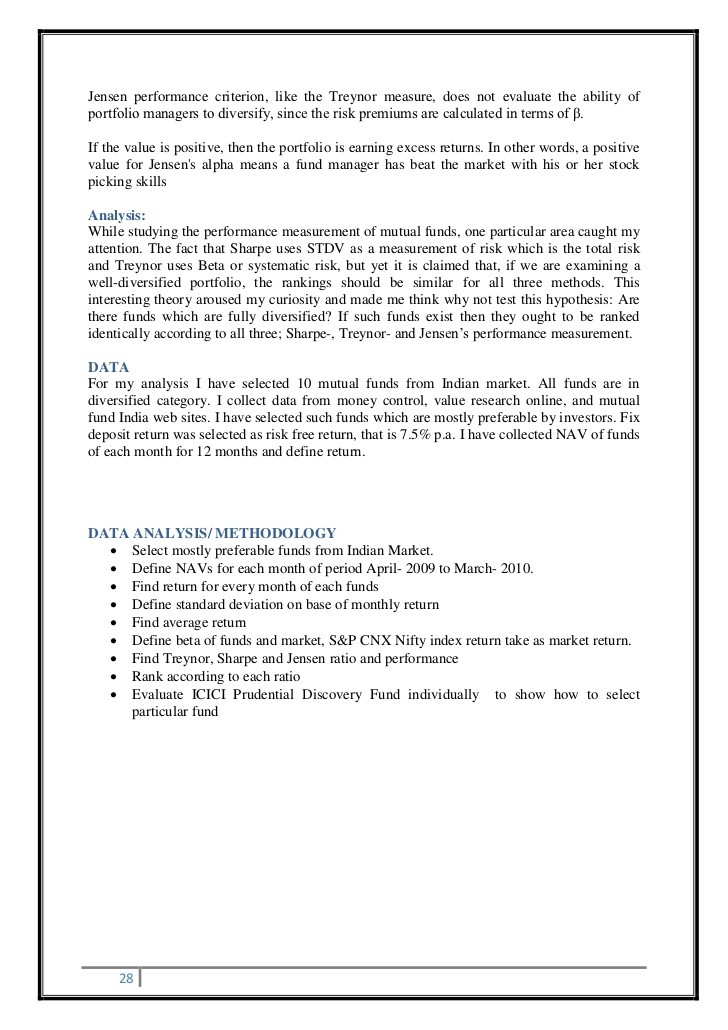Mutual Fund Expert How do you measure Risk Standard deviation and Beta
Post on: 4 Апрель, 2015 No Comment

We help people to get rich. Its not magic but simple FINANCIAL PLANNING.
We advise on Investing in Mutual Funds,ELSS,SIP,Insurance, Debt Products,FDs. We help people acheive there financial goals.
Wednesday, January 14, 2009
How do you measure Risk. Standard deviation and Beta
Measurement of Risk:
The investment risk is the probability of actually not earning the expected returns or maybe earning even lower returns. The investment is considered riskier if the chances of lower then expected returns are higher.
Standard deviation (si) measures total risk.
The larger the si, the lower is the probability that actual returns will be close to the expected returns.
Probabilities represent the likelihood of various outcomes and are typically expressed as decimal. The sum of all probabilities must be 1.0. because they must completely describe all possible outcome.
The probabilities are obtained on the basis of past occurrences with modification for any changes expected in the future. Investing for some future period involves uncertainty and therefore subjective estimates.
probability distribution can be either discrete or continuous. With a discrete probability distribution, a probability is assigned to each possible outcome. with continuous probability distribution an infinite number of possible outcome exists.
Expected Return
The expected value is the average of all possible return outcomes, where each outcome is weighted by its respective probability of occurrence, for investors this is expected return.
Government bond or fixed income security like bank FD the expected return is the rate of interest. there is no uncertainty about the expected returns. Stocks on the other hand give returns depending on the market conditions and one will have to estimate the possible returns and the probability of each of the possible returns.
Expected return = Sum (returns * probability)
example: returns 4%,8%,12%,16%,20% with probability of 0.1 ,0.2 ,0.4 ,0.2 ,0.1 respectively.
expected returns = (0.04*0.1 + 0.08*0.2 + 0.12*0.4 + 0.16*0.2 + 0.2*0.1)
= (0.004 + 0.016 + 0.048 + 0.032 + 0.02) = 0.12 = 12%
Standard Deviation
Variance or standard deviation is used to calculate total risk associated with the expected return. It is the measurement of the dispersion of random variable around its mean .
standard deviation is sqare root of variance
example taking the previous example
= 19.2
standard deviation = square root of variance = square root(19.2) = 4.3817
NOTE: Variance,risk, volatility can be used synonymously, larger the standard deviation the more uncertain the outcome is.
standard deviation of large well diversified portfolio will be more stable then an individual stock.
hence for future estimation standard deviation of a diversified portfolio is better then an individual stock’s standard deviation.
Beta is the measure of systematic risk of a security that cannot be avoided through diversification. Beta shows the price of an individual stock which performs with changes in the market. The more responsive the price of a stock to the changes in the market the higher is the beta.
Beta is relative measure of risk — the risk of an individual stock relative to the market portfolio of all stocks.
Beta 1 = Means every one percent change in markets return this security’s returns changes by 1 percent
Beta 1.5= Means every 1 percent change in market returns this security’s returns changes by 1.5 percent both up and down this would be considered an aggresive security meaning if market changes by 10% this security will change by 15% up or down.
Beta 0.5 or less then 1 = means the stock is more conservative investment then overall market.
Beta is mostly positive which means when the markets are rising the stock also rising and falling when the markets are falling. Negative beta means the stock is moving in opposite direction to the overall market.
To determine beta we use a graph we plot market returns on x-axis and the returns of actual stock on y-axis over certain period. upon plotting all the monthly returns over 1 year or certain period. we draw a line the comes closest to all the points this is called a regression line. Beta is the slope of this regression line. IF it is 45 degrees then the slope is 1 and beta is 1.
The more steeper the slope then more is the risk relative to the market. lesser the slope then more conservative the stock is compared to market.
Rs = estimated return on stock
a = estimated return when the market return is zero
Bs = measure of stocks sensitivity to market index
Rm = return on the market index
e= random errors
Rs = a + BsRm + e
If we consider return on security compared to risk free return then
Rs = Rf + Bs (Rm-Rf)














